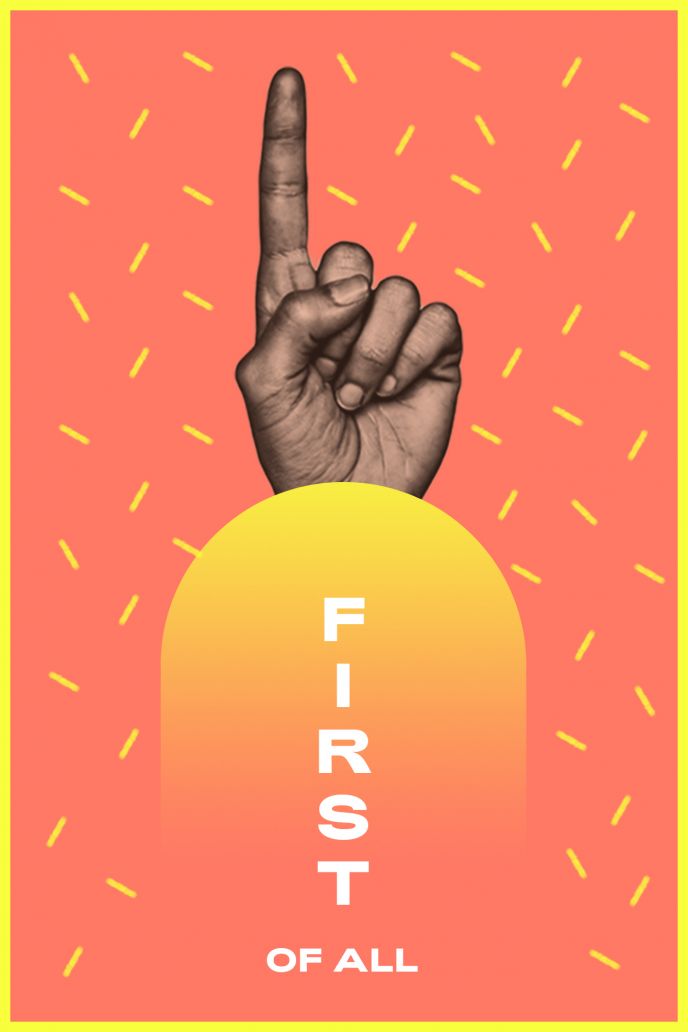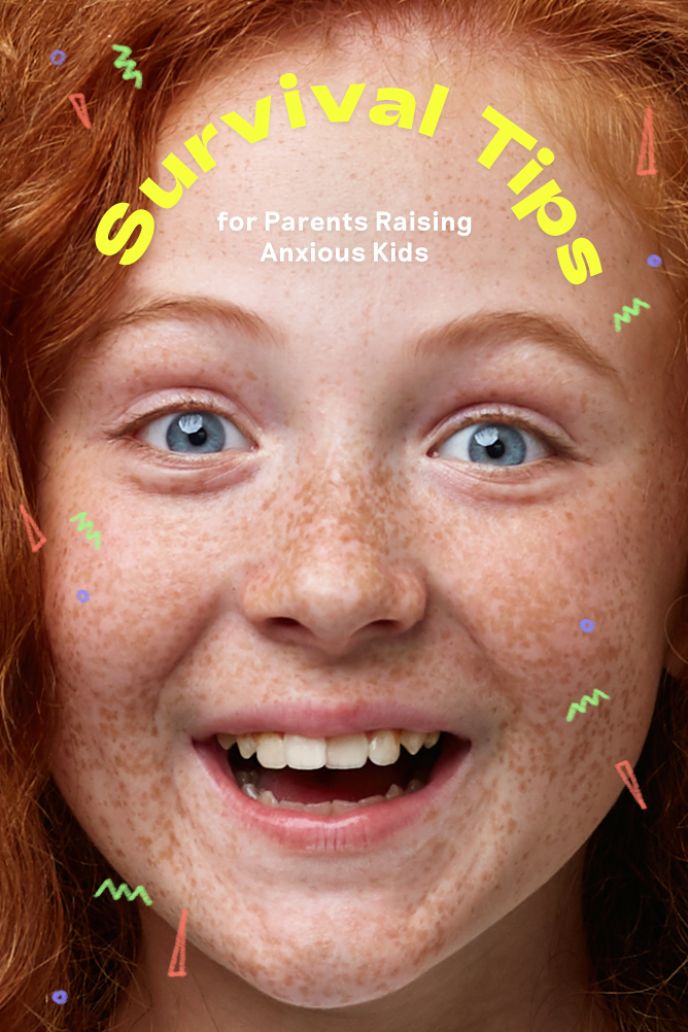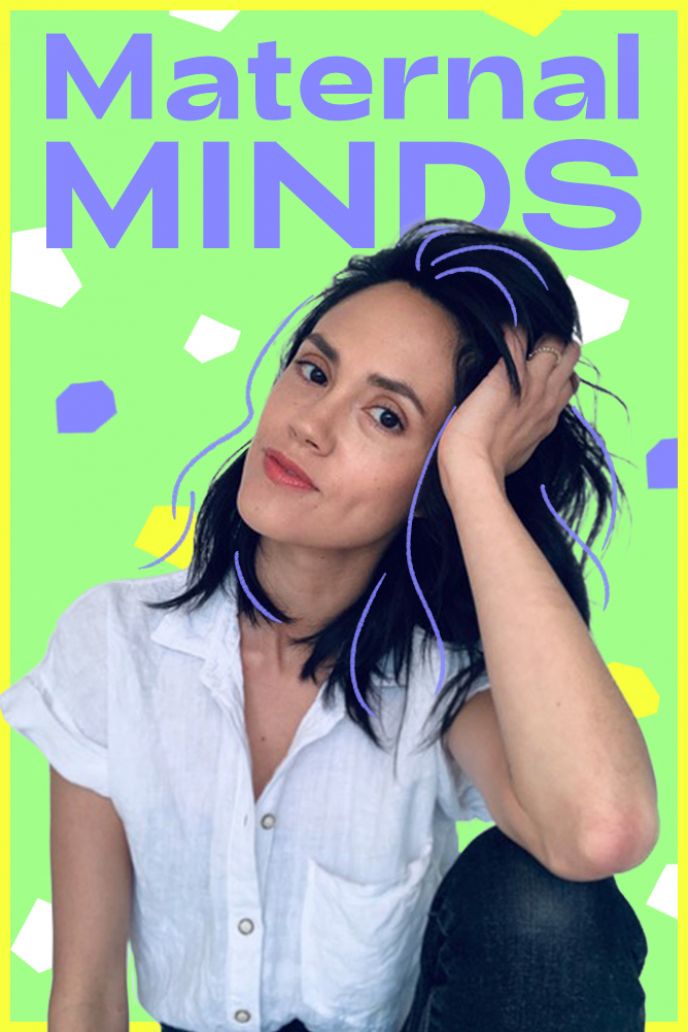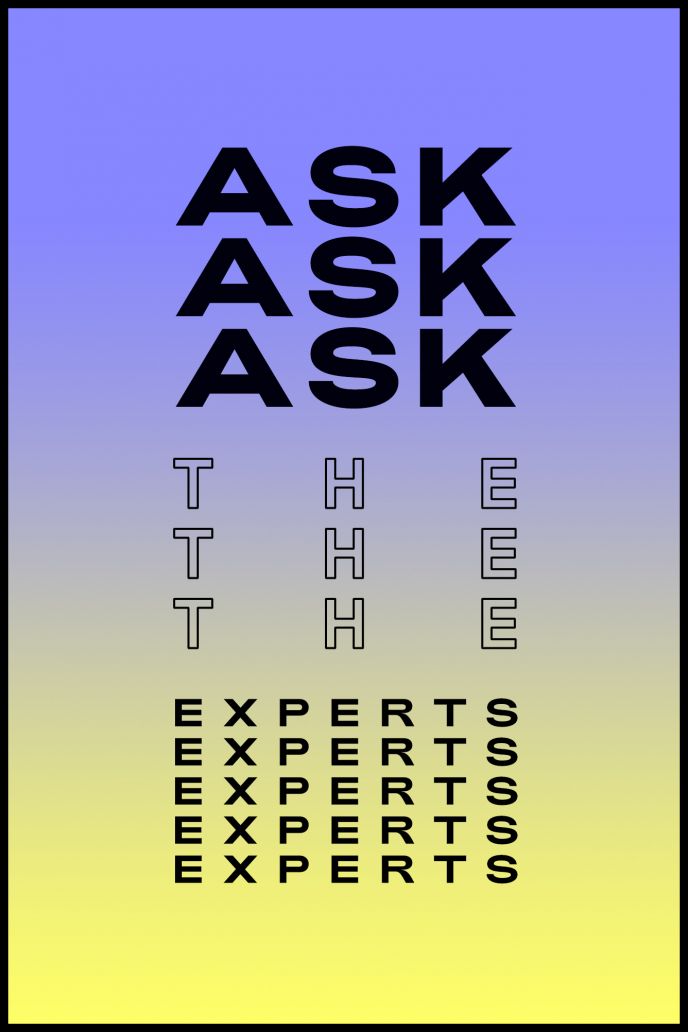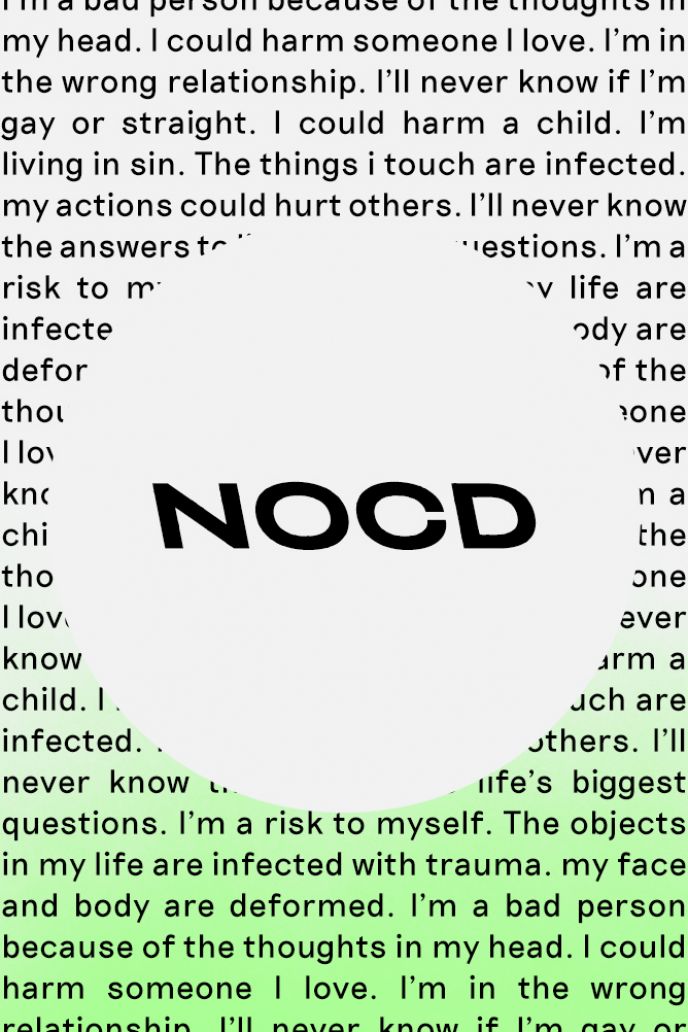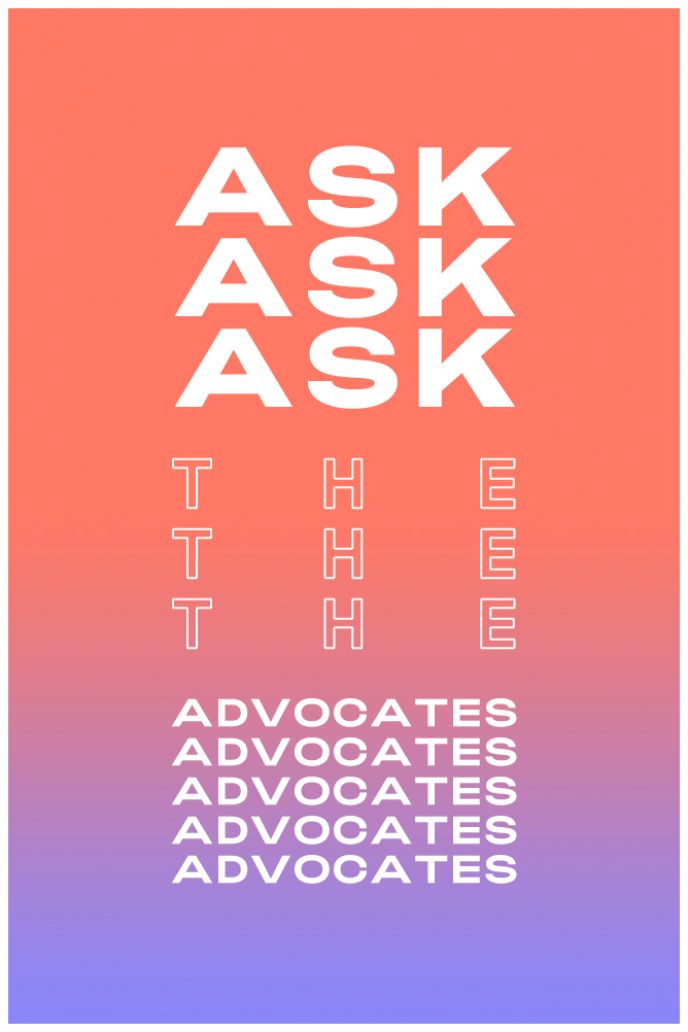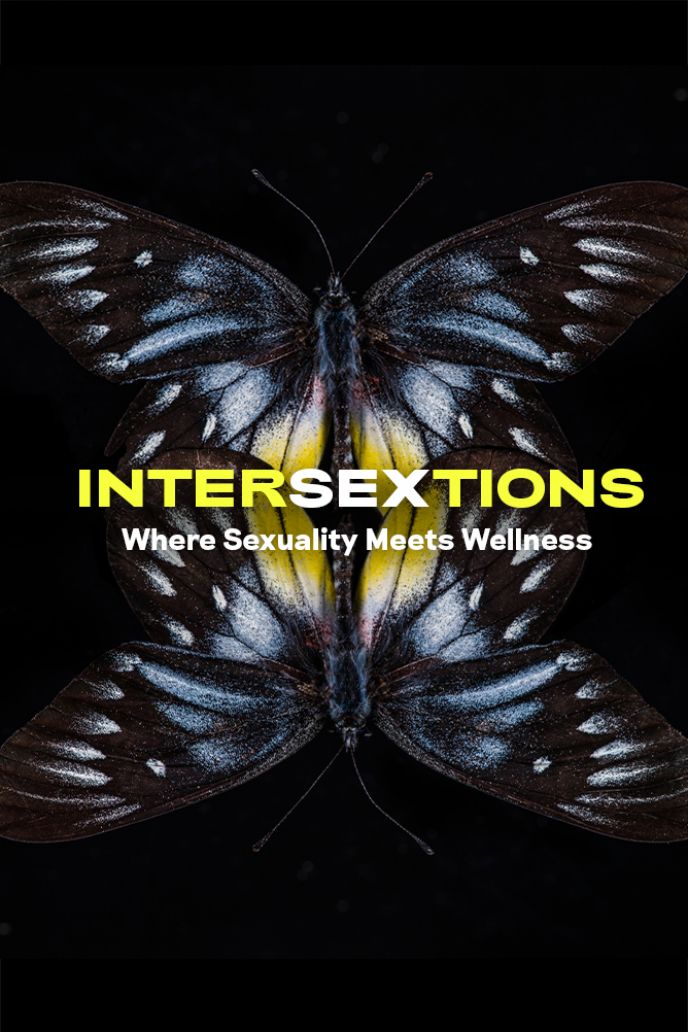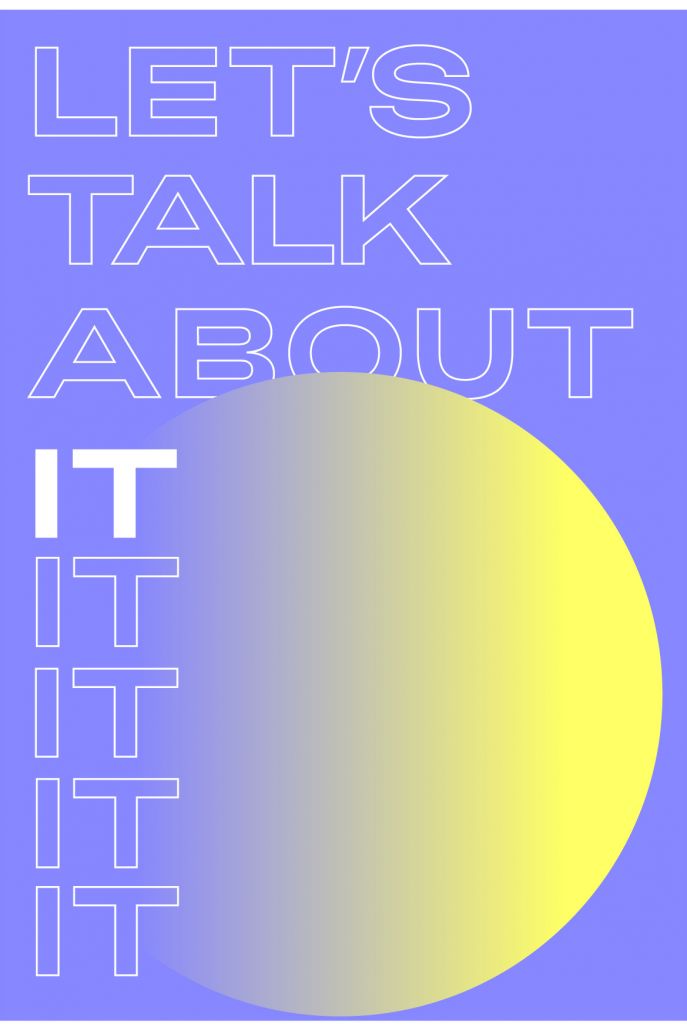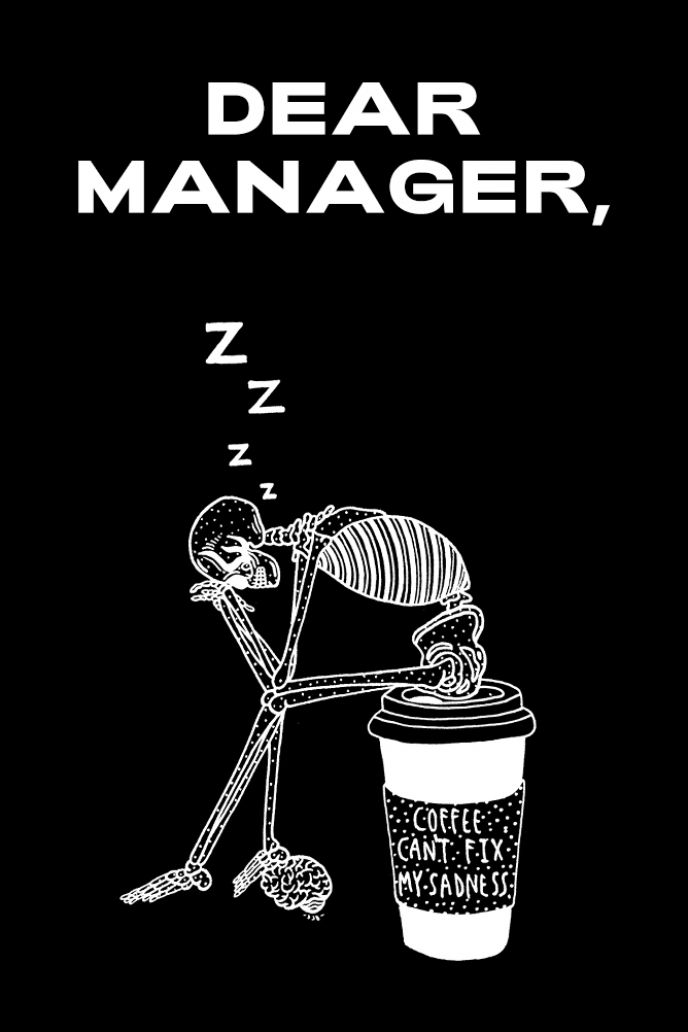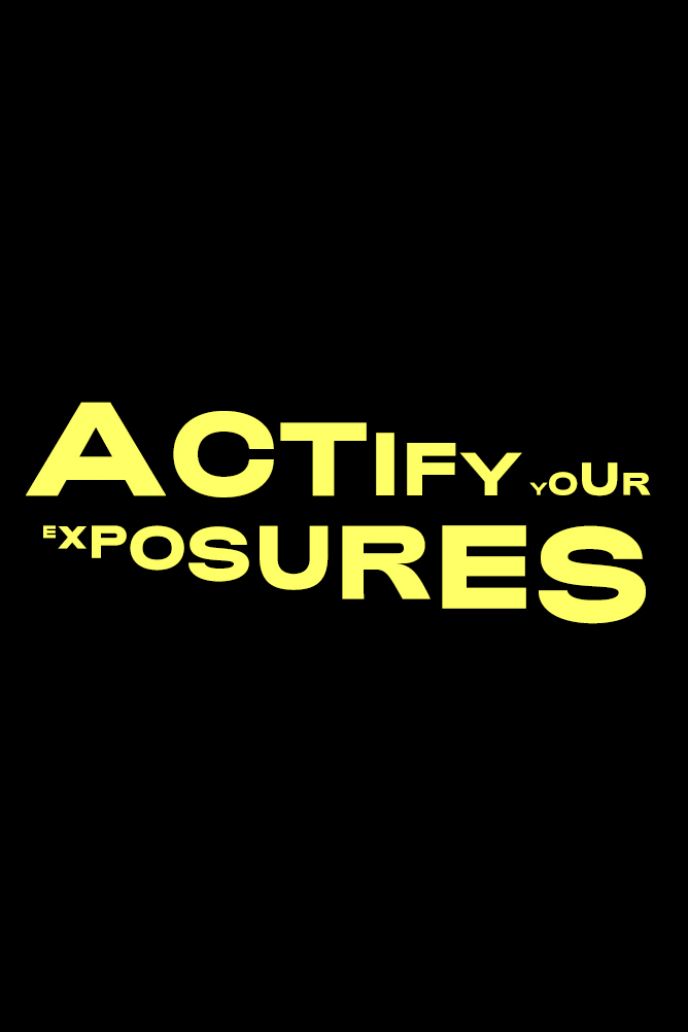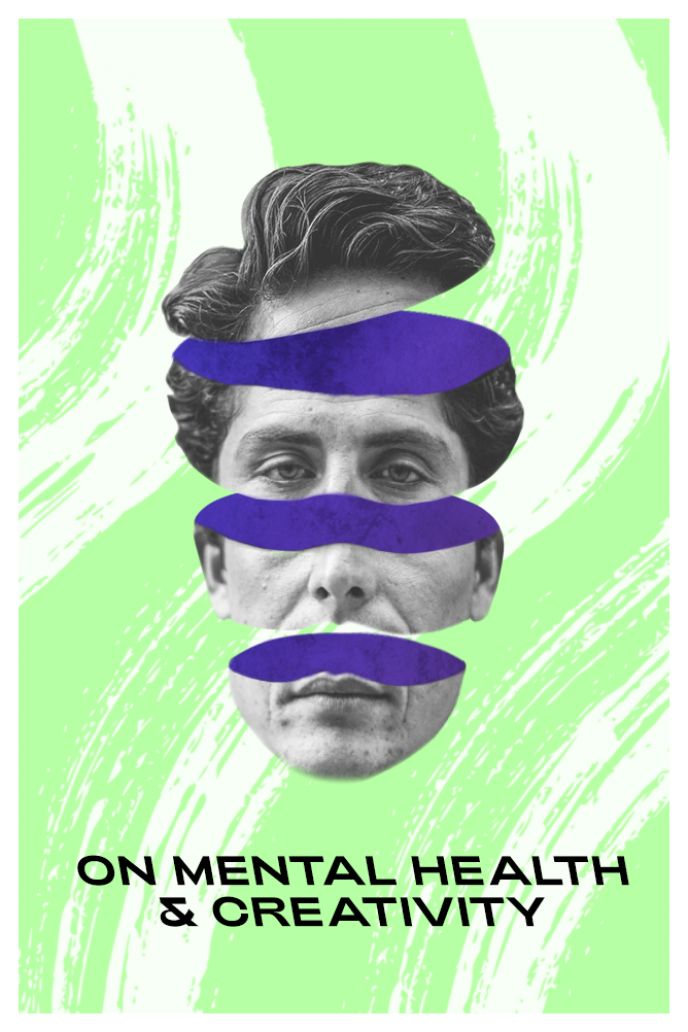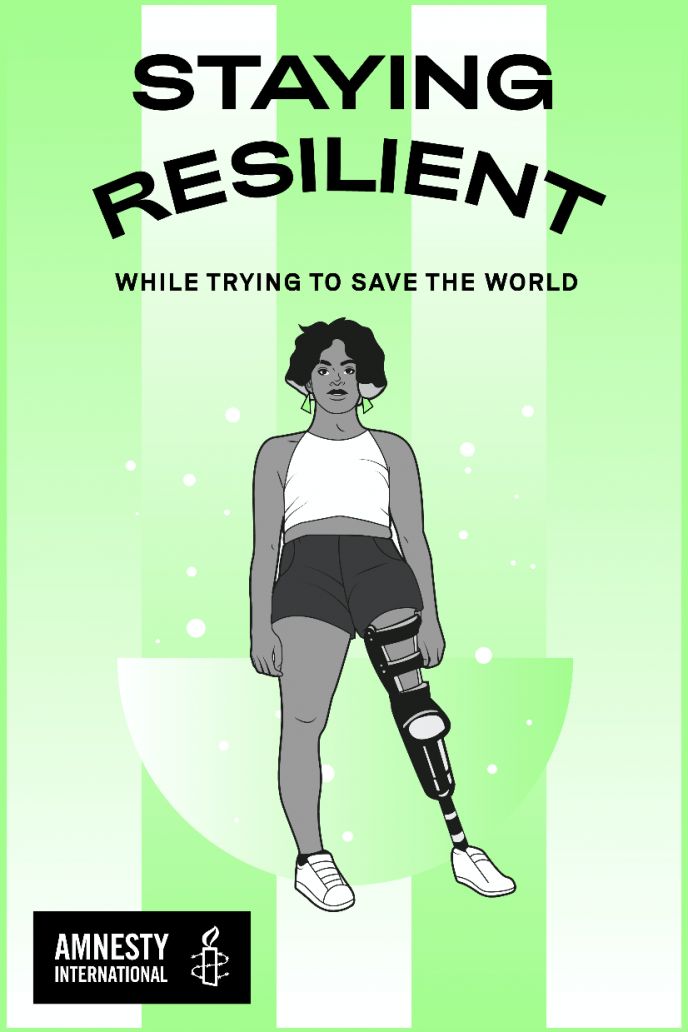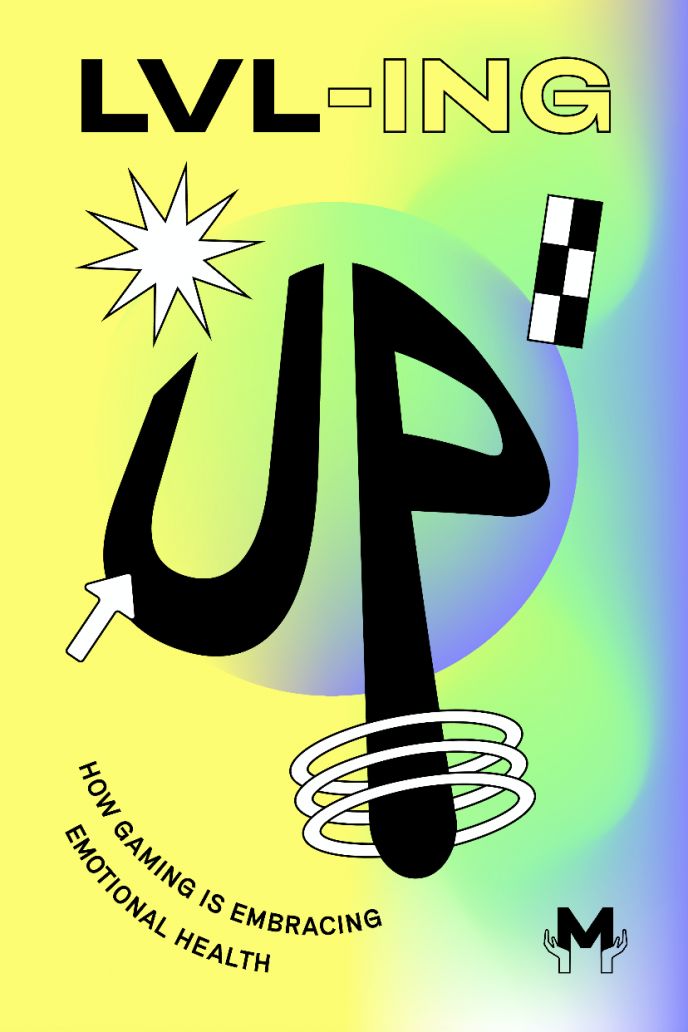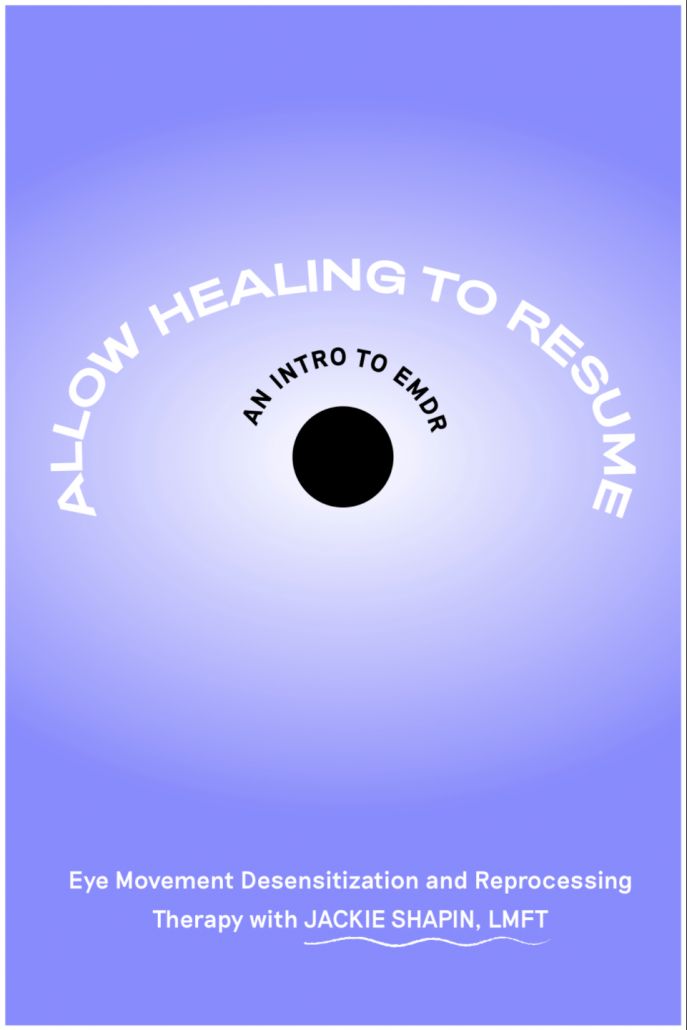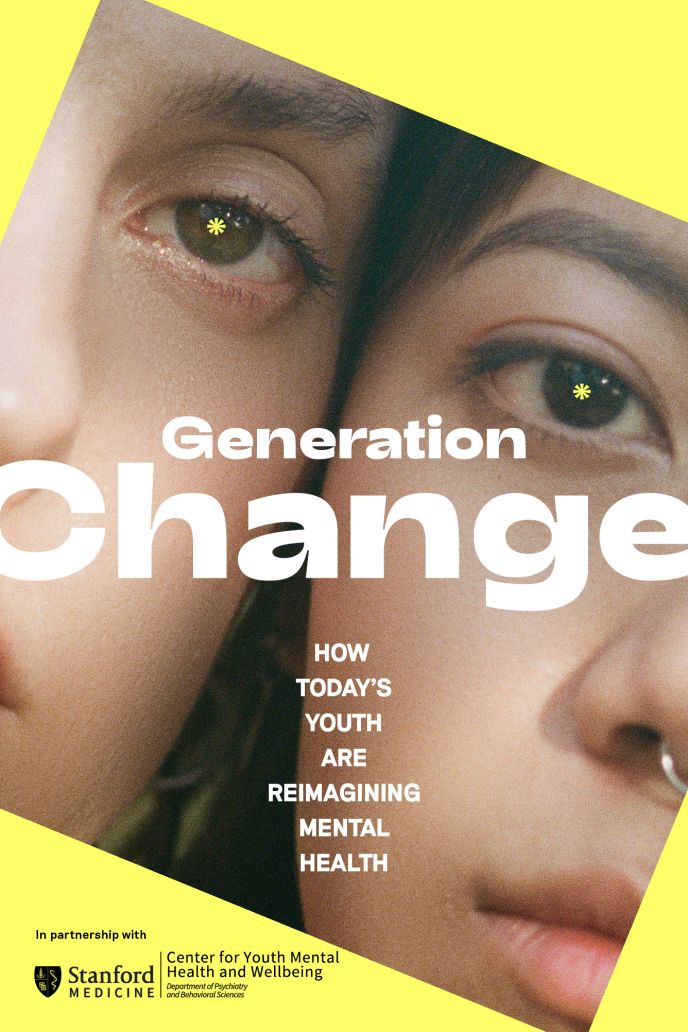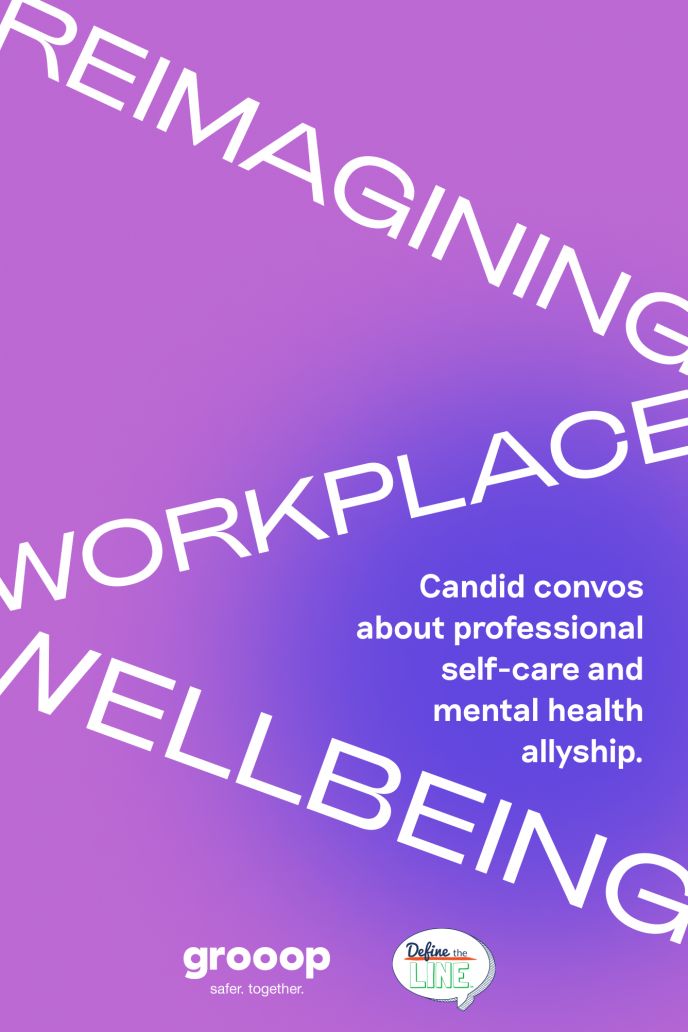How OCD Led Me to True Freedom
When I stopped rejecting my thoughts and embraced them, I unlocked a new life
Escrito por John F. Emilio
01 John is an entrepreneur and father living with Pure OCD
02 In 2015, he experienced an intense relapse that eventually led him into proper treatment — a combination of Exposure Response Prevention Therapy and Acceptance and Commitment Therapy
03 John talks about the difficulties of therapy, alongside its life-changing benefits. He urges others to seek out proper care, and incorporate mindfulness into their daily lives
In early childhood, my mind would always send me signals of impending doom and worse-case scenarios.
Non-OCD experiencers often go through life following their minds without questioning the thoughts and images and urges that flow through them. For OCD experiencers, those thoughts can send images of obscene acts or terrifying outcomes. As a child, my "what if" experiences were thoughts like “Mom is late”... what if she is dead? What if when it rains, the house floods? What if I see those repeating numbers again? Does it mean God wants me to be a priest?
The themes would change constantly, but the anxious, unsure, scared “what if it happens” feelings would not. Each obsession triggered rituals or hours of rumination.
In 2015, I entered a stressful phase of my life. I was dealing with the pressures of running a successful business, alongside a host of additional stressors. Then tragedy struck. The death of my father-in-law served as a catalyst, triggering a complete loss of control over my OCD and intrusive thoughts. I was plagued by images about harming the ones I loved most (aka Harm OCD).
At the center of this breakdown, was the intense need to control my thoughts and feelings. I was constantly looking for reasons to disprove them, living in a state of reassurance.
The more control I needed, the less control I had. My mind was spiraling, searching and grasping for a sense of normalcy, and a reason for my thoughts to quiet down.
The OCD and controlling perfectionism I’d developed kept me stuck in neutral. I was able to survive but not thrive. My doctor and therapist had no knowledge of Pure O, and unfortunately misdiagnosed me as Bipolar. I was prescribed medications (lamotrigine) that were not needed. What kind of life was I living stuck in a constant state of fear? I remember going to sleep at night, hoping I wouldn’t wake up just so the thoughts would stop, and my family would be safe.
In the summer of 2016, almost 10 months after the harm OCD began, I had an accidental breakthrough. While using Google to look for answers, a keyword directed me to an interview with Dr. Steven Phillipson describing harm spikes and how Pure O will keep you in an ever-revolving cycle. This was my first of many AHA moments, finding snippets that would make me feel better until the next question came up.
Upon further research, I found more interviews and articles with Dr. Phillipson, as well as his clinic's website. At this point, I was eager to get an appointment, start treatment and be cured. I know now, that as long as you are looking to beat OCD forever, you will never be able to accept it and move forward. A cure does not exist, but management does.
This is where my journey to real freedom began. I met the person that would give me the road map, compassion, and knowledge to recovery: Dr. Tatyana Mestechkina. She immediately started teaching me about mindfulness so I could start changing my relationship with my brain — a huge step forward and great life skill.
After my first session, she confirmed that what I had was Pure O, and expressed that the medication I was on was not needed. She incorporated aspects of Exposure Response Prevention therapy and Acceptance Commitment Therapy into my treatment. ERP was crucial to confront the anxiety I was having about my harm thoughts. I still remember the first exposure in her office, crying as we went through it (and many times after) but her encouragement and non-reassuring compassion kept me steady.
Condiciones relacionadas
As time progressed, the exposures got easier. I put in work every day, both in our sessions and outside of them. It was the hardest thing I’ve ever done in my life.
The combination of exposures and ACT were paying off. ACT helped me embrace mindfulness and accept the things I couldn’t control. It changed my relationship with my mind, and encouraged me to live by my true values. For those interested in learning more, I suggest researching Dr. Steven Hayes - a pioneer in ACT - and reading “The Happiness Trap” by Russ Harris.
Now, after 2 years of hard work in therapy, I see life in a whole new way. I realize I have a choice and can watch my thoughts like a movie playing in the background, rather than reacting to them. Sometimes they are loud, sometimes quiet, but I have the ability to let them be there without controlling my life.
I am not OCD free and I am not cured, as those goals are unattainable. They would have kept me trapped in the OCD hamster wheel. However, for the first time in my life, I am living life in the present. I live by my values, not my feelings or automatic thoughts.
How can we be afraid of an image or thought? It's easy when you experience Pure O, but when you realize you have a choice to run or stay present - it all begins to change. Do I allow that thought, image or feeling to be there no questions asked? Or do I try to push it away? The more attention I give it, the more important the brain thinks it is. Choose to not play the game with your brain and get back to living your life. The freedom we yearn for exists, we just forget we have it.
I hope that my experience can help those looking for direction and a starting point. This is not a quick fix, but a new way to live life.
Apoya nuestro trabajo
Nuestra misión es cambiar la manera en que el mundo percibe la salud mental.
